Twilight zone: 10 years of Baselworld’s craziest watch launches
Baselworld, the world’s largest watch fair, always plays host to the wildest imaginings of watchmakers eager to outshine each other. There are no limits, so outré complications, psychedelic colours and unfeasible case sizes are all fodder for the fantasists. As Baselworld 2018 opens its doors, here are some of the wackier pieces seen over the years...
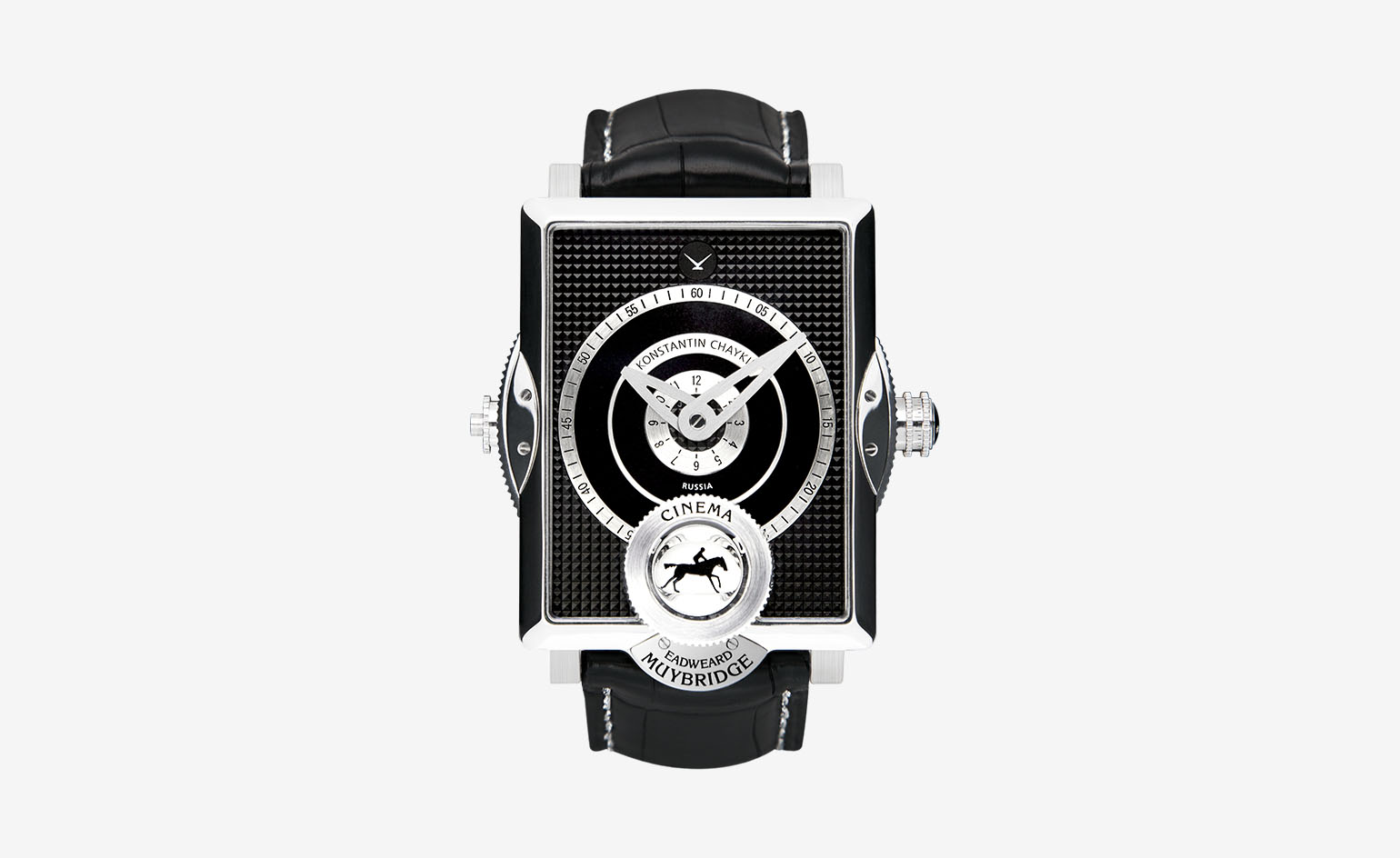
Cinema Watch (2013), by Konstantin Chaykin
With smart watches offering functions far beyond the capabilities of any mechanical design, who would have imagined a mechanical device showing an actual film clip in a wristwatch? Paying homage to pioneer filmmaker Eadweard Muybridge, the watch featured a small lens at 6 o’clock which showed – driven by a second movement – his 1878 clip of the galloping horse and rider.
Opus 11 (2011), by Harry Winston
When it comes to unbridled innovation, Harry Winston’s flagship Opus showcase has no peer: each is designed by a hired gun from the ranks of the world’s finest watchmakers. All 14 qualify here, but one of the most outrageous was Opus 11 by Denis Giguet. Here, replacing traditional hands, are 24 revolving, geared plates, which meet at the centre to display the hour.
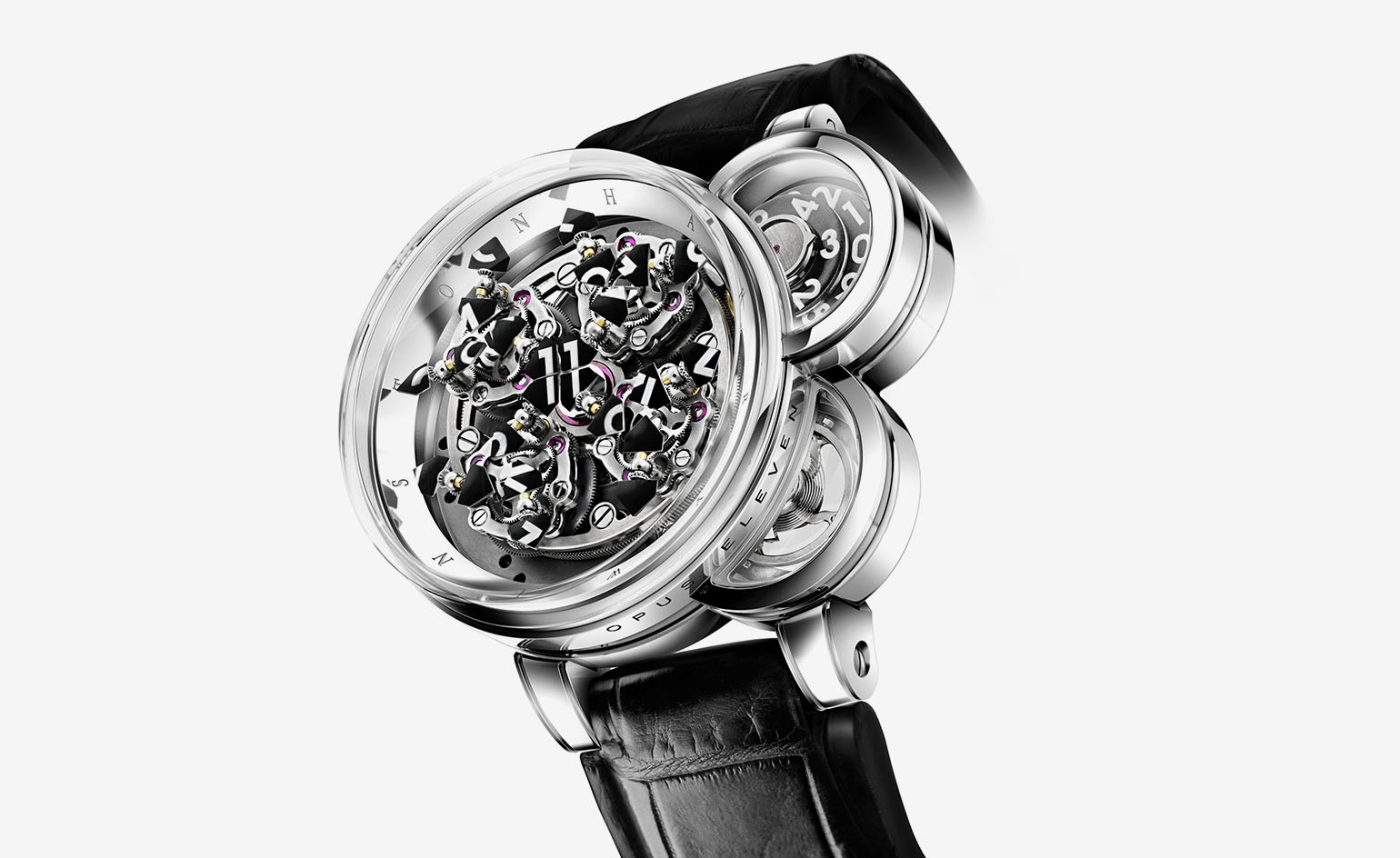
Opus 11 (2011)
The Palace (2010), by Jean Dunand
Designed to embody every steampunk meme ever imagined by Jules Verne, this astounding watch’s case recalled the structure of the Eiffel Tower, while its sub-dials were elongated tracks reminiscent of early motor racing circuits. Its functions included a one-minute flying tourbillon, a 60-minute chronograph, a second time zone and a power reserve indicator.
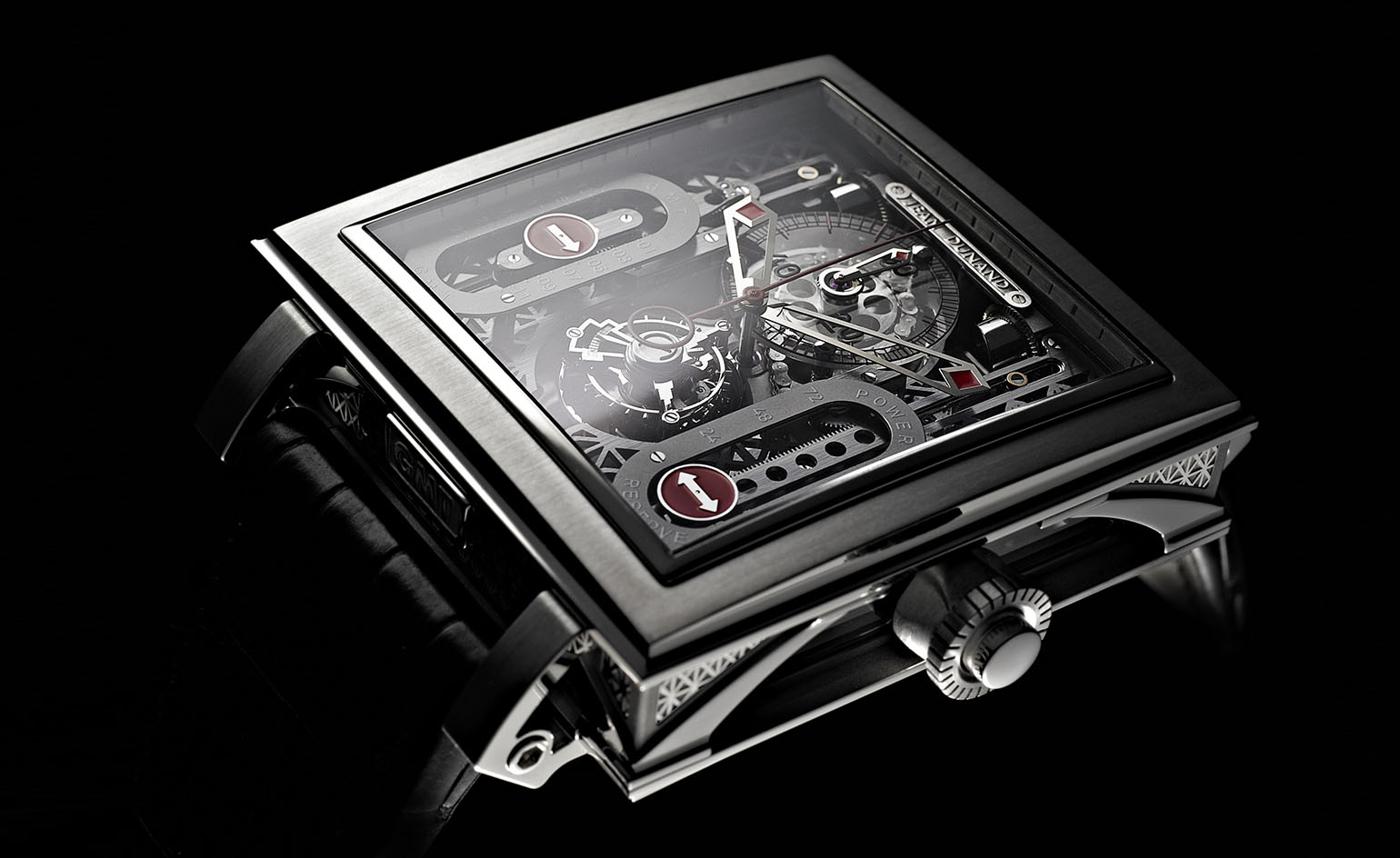
The Palace (2010)
Antikythera SunMoon (2012-2013), by Hublot
Archaeology buffs know the Antikythera as the world’s oldest-known mechanical device, discovered in Greek waters in 1901. It still hasn’t been completely figured out by scientists and engineers, but that didn’t stop Hublot from miniaturising some of its astronomical/astrological functions into a limited-edition watch. This timepiece definitely requires you to read the manual first.
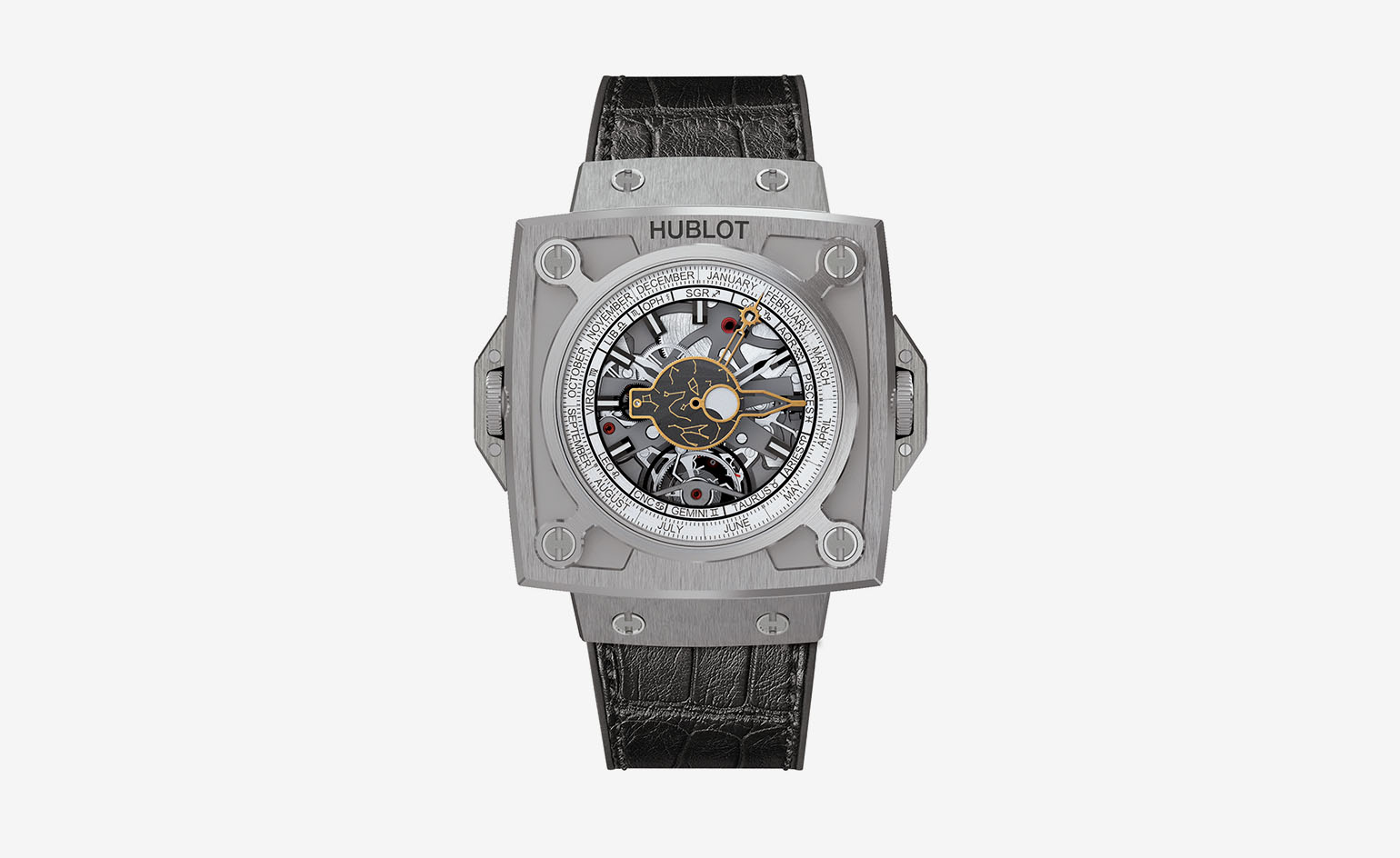
Antikythera SunMoon (2012-2013)
ODC-X03 (2017), by Hamilton
Most reissues are new models of actual watches from the past. Leave it to Hamilton to create fictional watches for Stanley Kubrick’s epic, 2001 – A Space Odyssey, and then to reissue three of them as ‘real’ watches. This was the third from the trilogy, a 49x52mm behemoth with one mechanical and two quartz movements showing three zones, against a photo-realistic image of Jupiter for the dial.
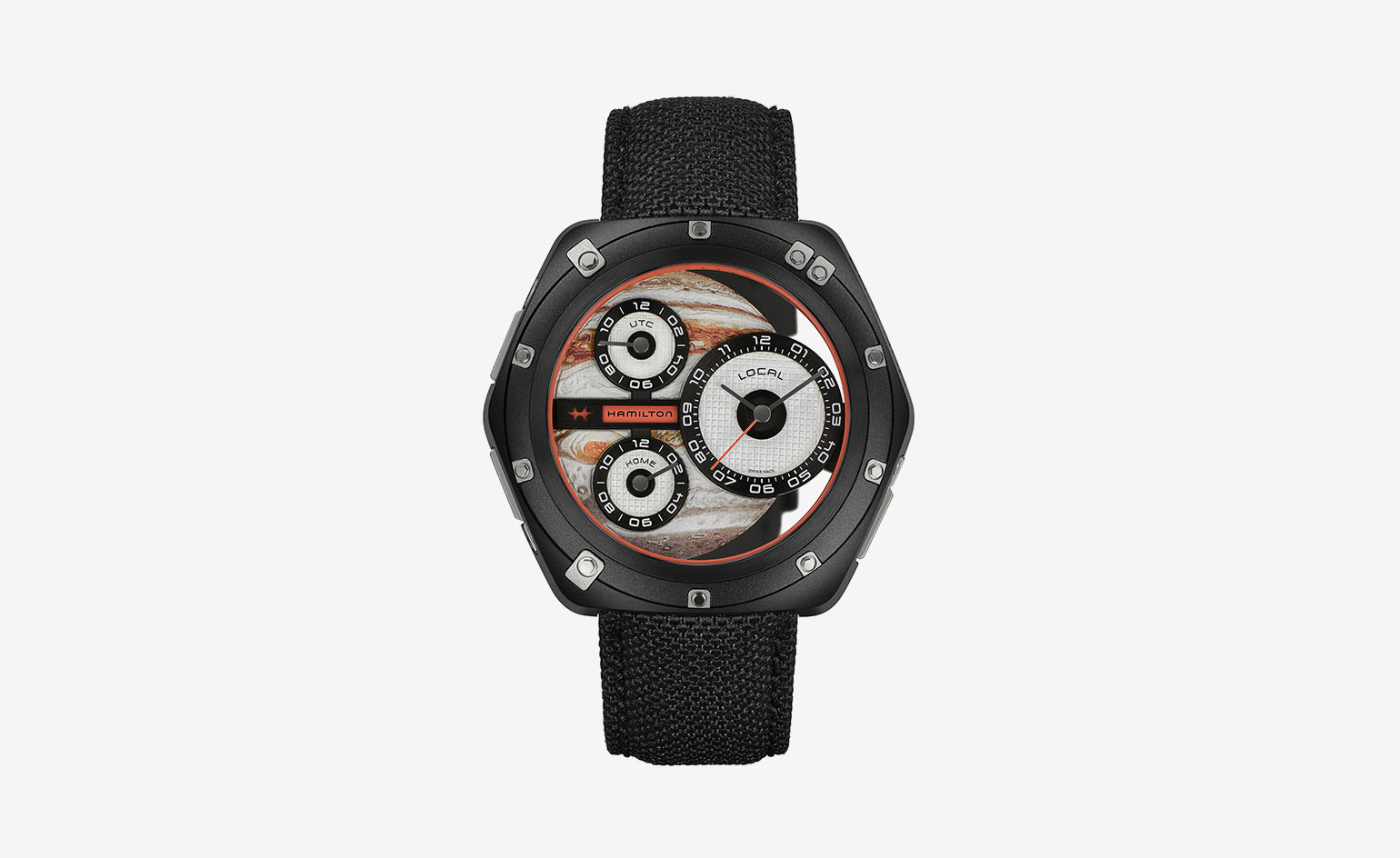
ODC-X03 (2017)
Chapter One (2008), by Maîtres du Temp
Taking a hint from the Harry Winston Opus range, Maîtres du Temps also used a hired gun (or in this case, three) to design each model. For the debut, Christophe Claret, Roger Dubuis and Peter Speake-Marin devised a fabulous ‘kitchen sink’ model with tourbillon, chronograph, retrograde date and GMT and two rolling bars at 6 o’clock and 12 o’clock, indicating the day of the week and phase of the moon.
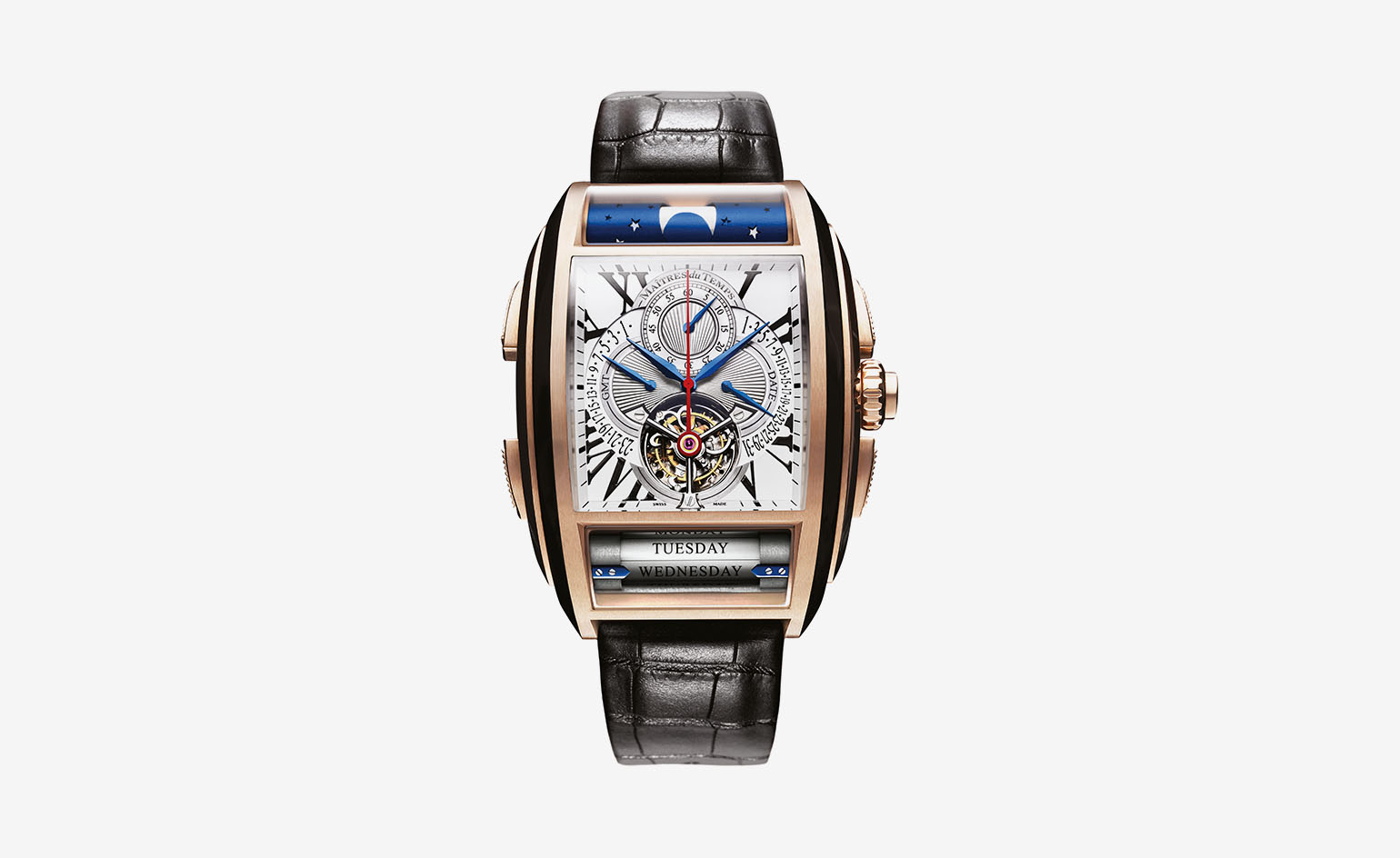
Chapter One (2008)
Receive our daily digest of inspiration, escapism and design stories from around the world direct to your inbox.
-
 'Design at its most ambitious': meet the 2025 Royal Designers for Industry
'Design at its most ambitious': meet the 2025 Royal Designers for IndustryThe Royal Society for Arts announces the five new Royal Designers for Industry as well as two Honorary Royal Designers for Industry
-
 A new art museum brings colour, quirk and a celebration of creativity to Doha
A new art museum brings colour, quirk and a celebration of creativity to DohaLawh Wa Qalam: M. F. Husain Museum is awash with colour and character, courtesy of Indian architect Martand Khosla and the Qatar Foundation
-
 Out of office: The Wallpaper* editors’ picks of the week
Out of office: The Wallpaper* editors’ picks of the weekThis week, the Wallpaper* team had its finger on the pulse of architecture, interiors and fashion – while also scooping the latest on the Radiohead reunion and London’s buzziest pizza
-
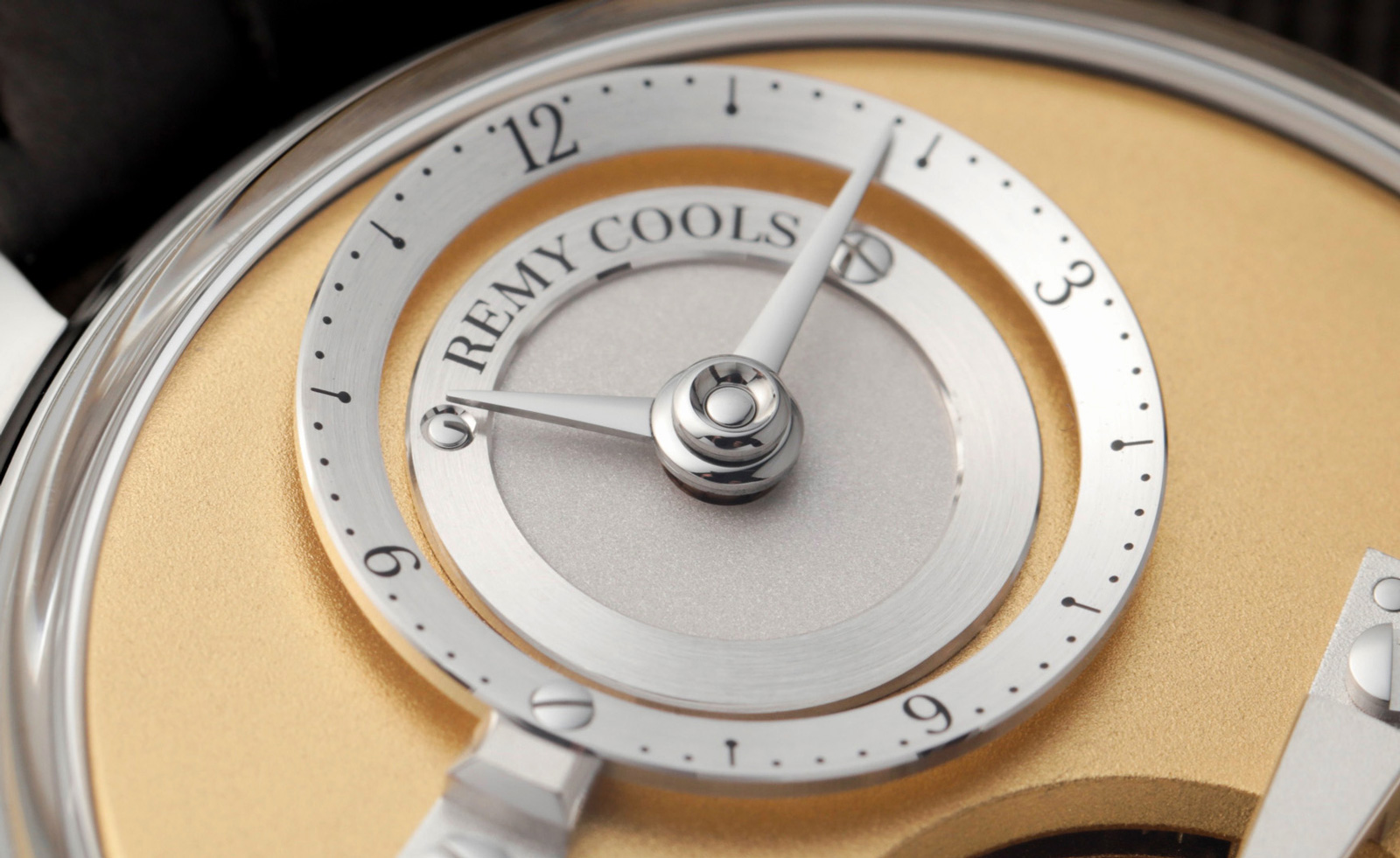 Meet the young watchmakers stirring up the industry
Meet the young watchmakers stirring up the industryLoupes at the ready, these artisans are ones to 'watch'
-
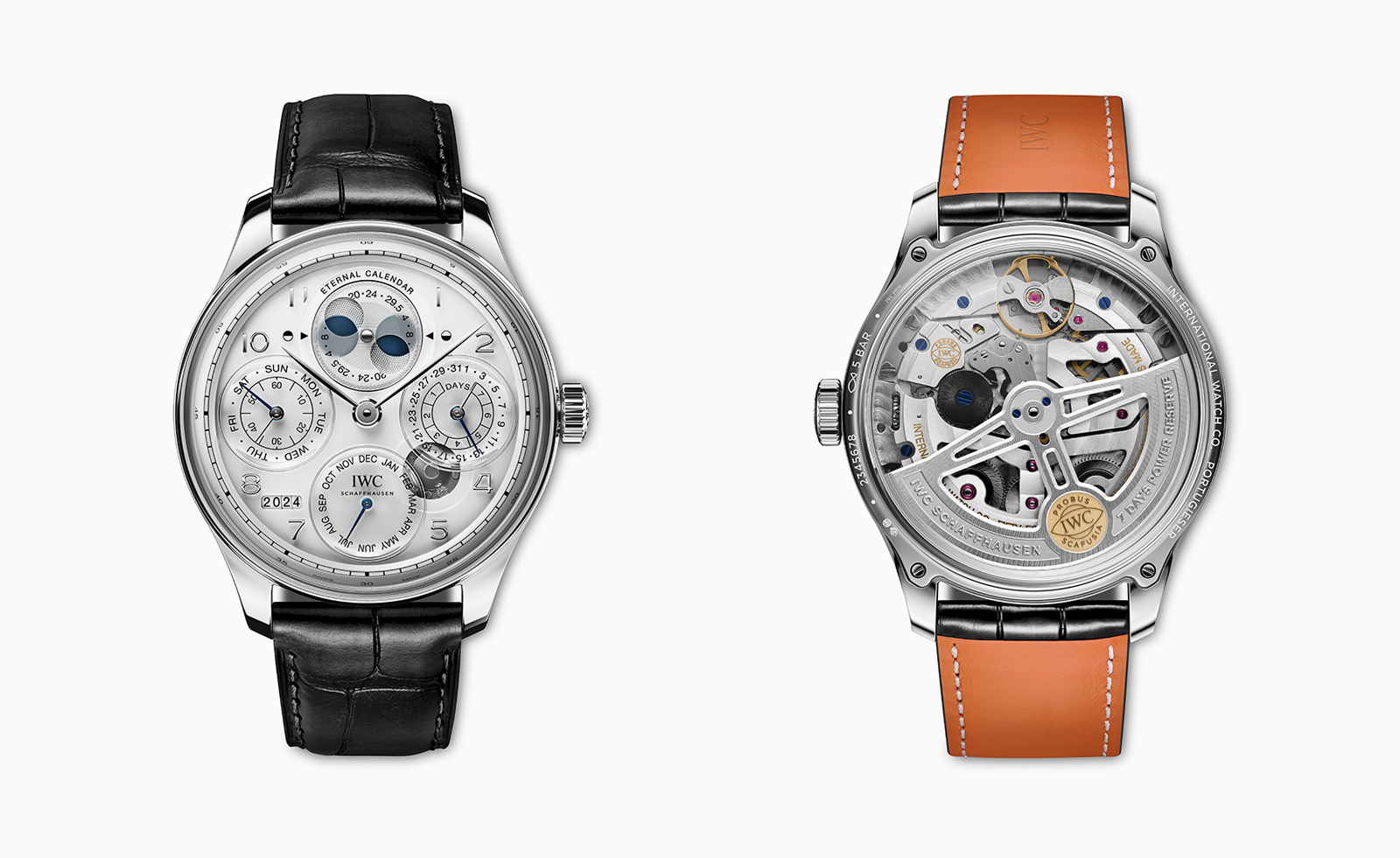 Take a look at the big winners of the watch world Oscars
Take a look at the big winners of the watch world OscarsThe Grand Prix d’Horlogerie de Genève is the Oscars for the watch world – get all the news on the 2024 event here
-
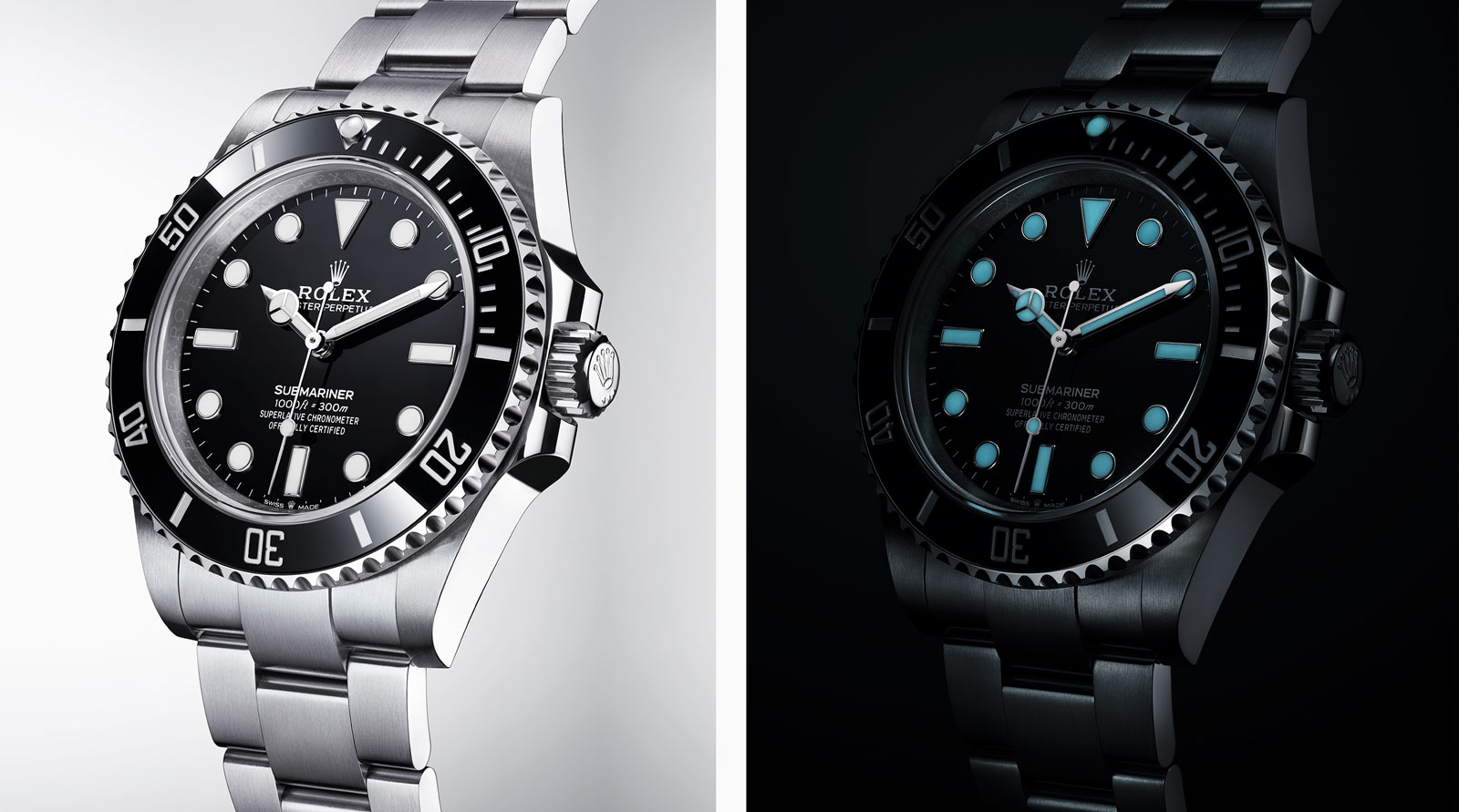 Classic watch designs to last a lifetime
Classic watch designs to last a lifetimeWhen considering which watch design to invest in, disregard trends and consider classic pieces characterised by timeless design
-
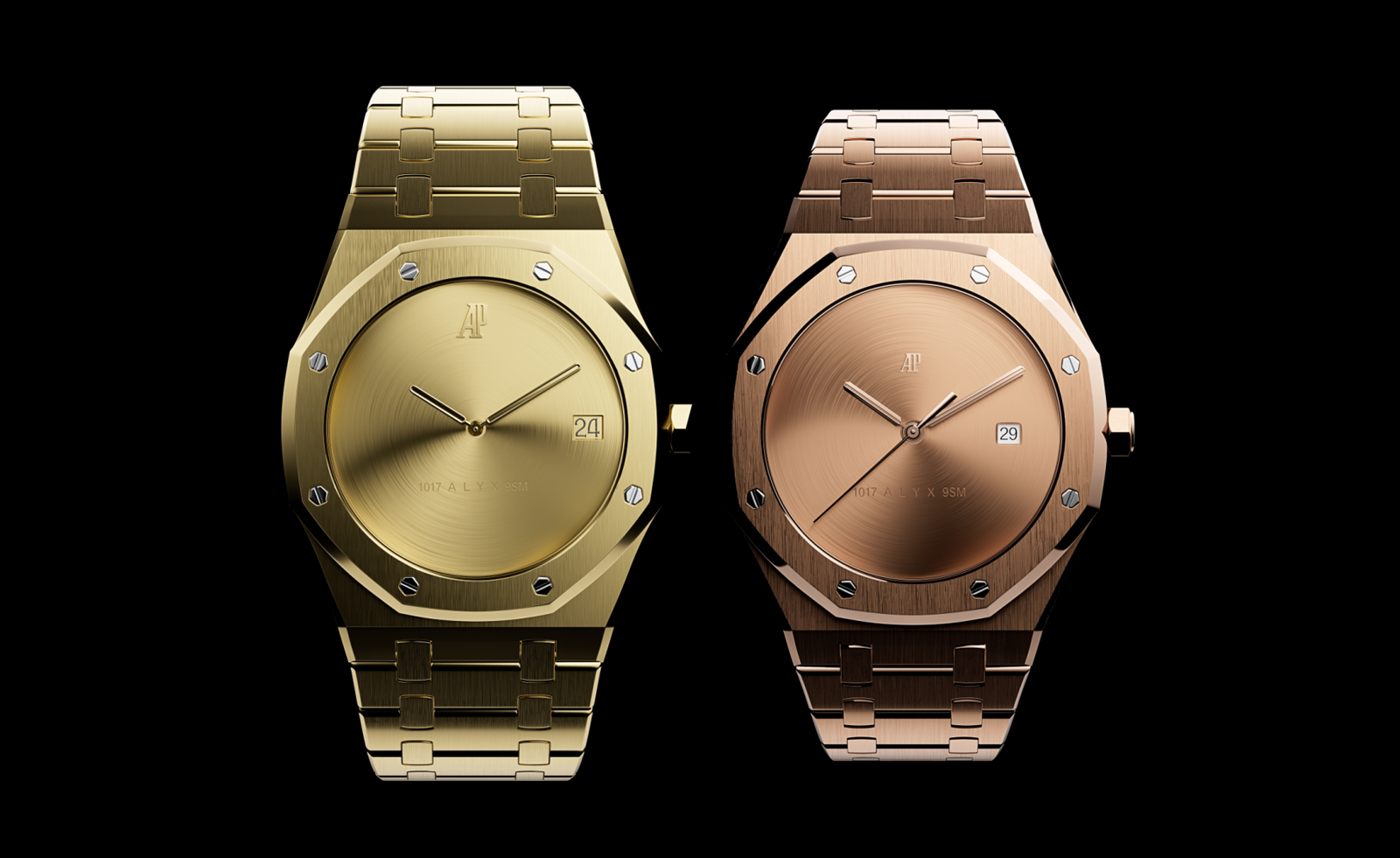 Browns and Mad Paris rethink Audemars Piguet Royal Oak
Browns and Mad Paris rethink Audemars Piguet Royal OakWatch customisation specialist Mad Paris has developed two new versions of the Audemars Piguet Royal Oak for Browns
-
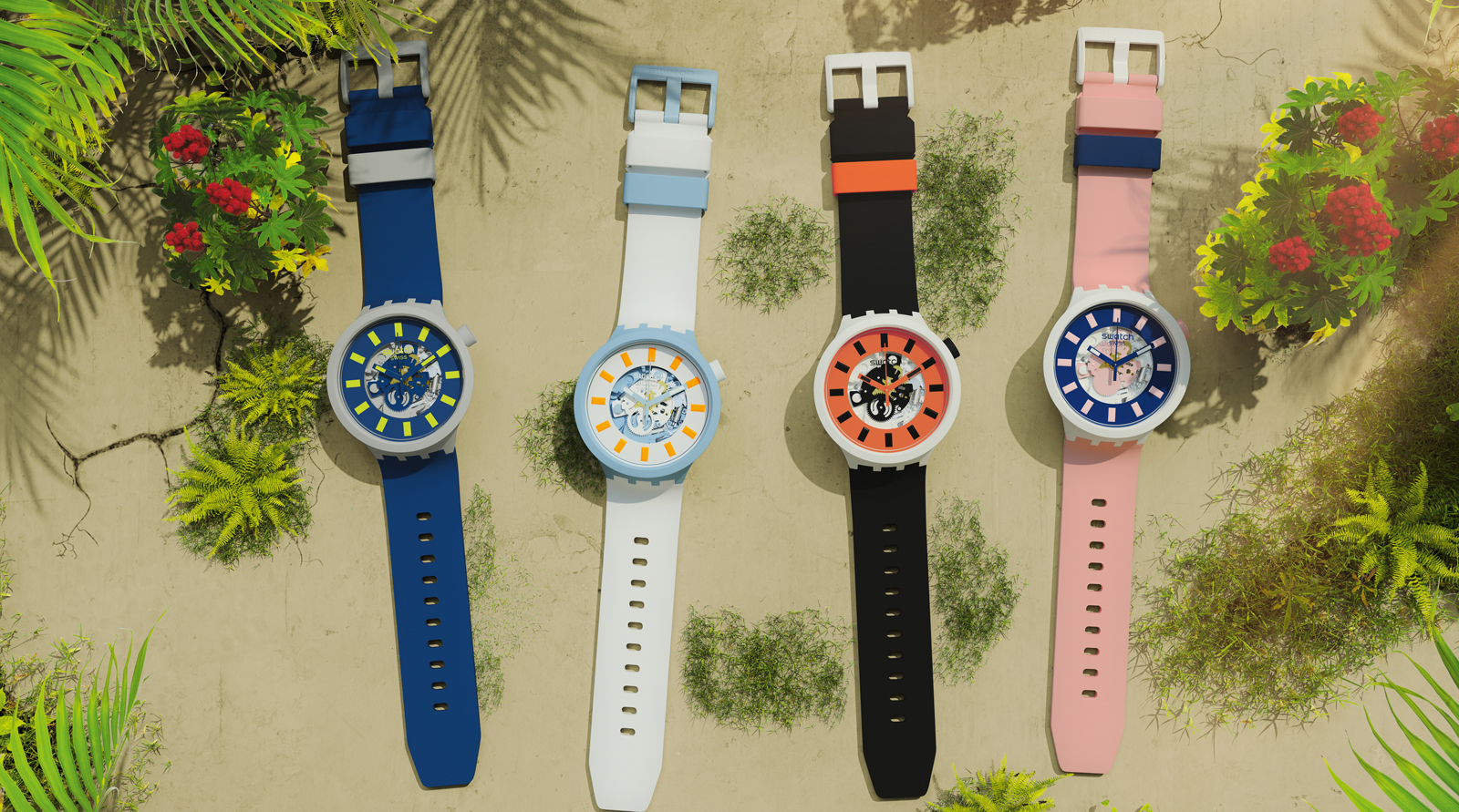 Time for an eco-friendly watch?
Time for an eco-friendly watch?Some of the more eco-friendly watch materials being embraced by sustainably-minded watchmakers include recycled steel, bioceramic and cork
-
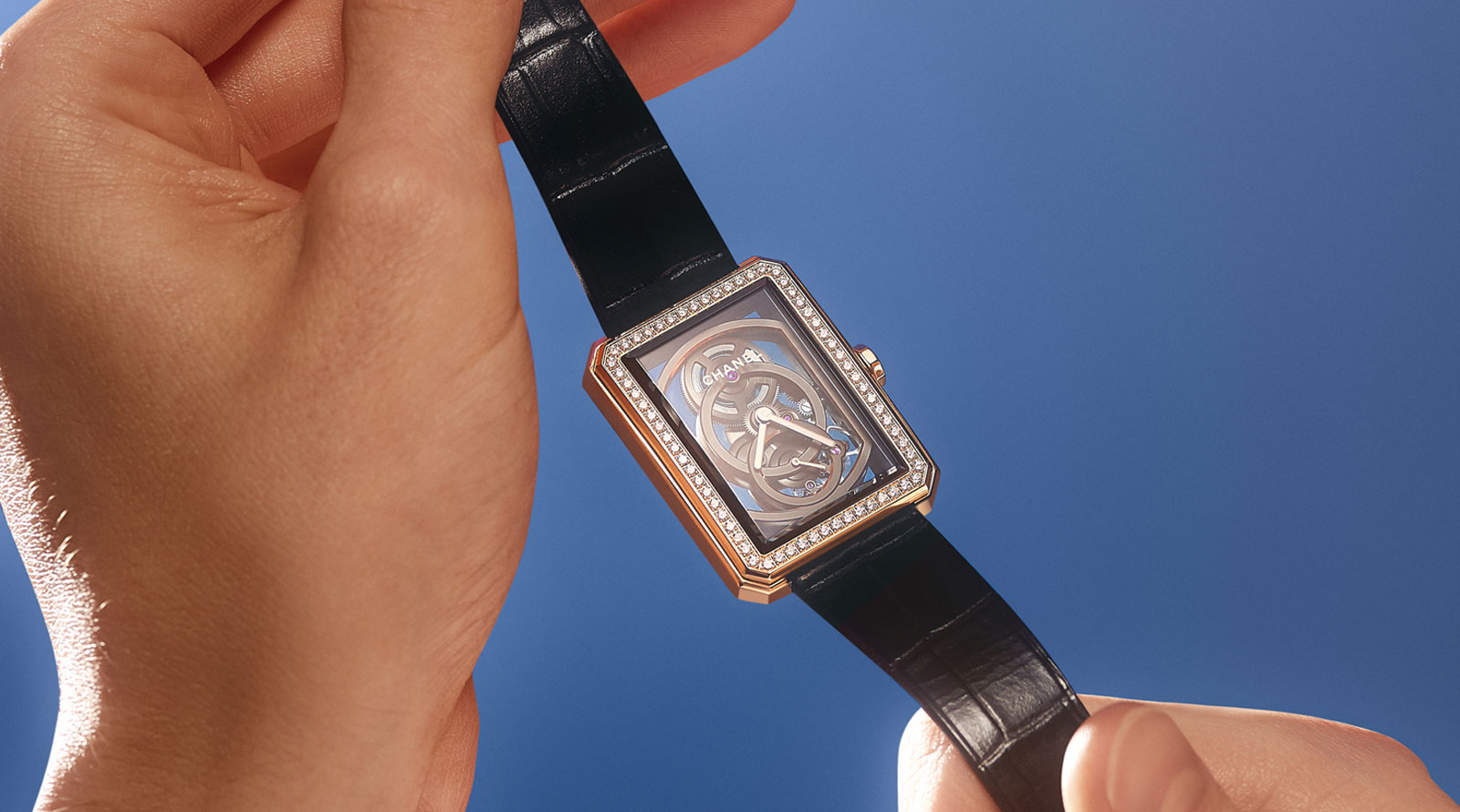 Boundary-breaking Chanel watch is tweaked for a new generation
Boundary-breaking Chanel watch is tweaked for a new generationThe Boy.Friend Skeleton appeals to both men and women with its distinctive octagonal silhouette
-
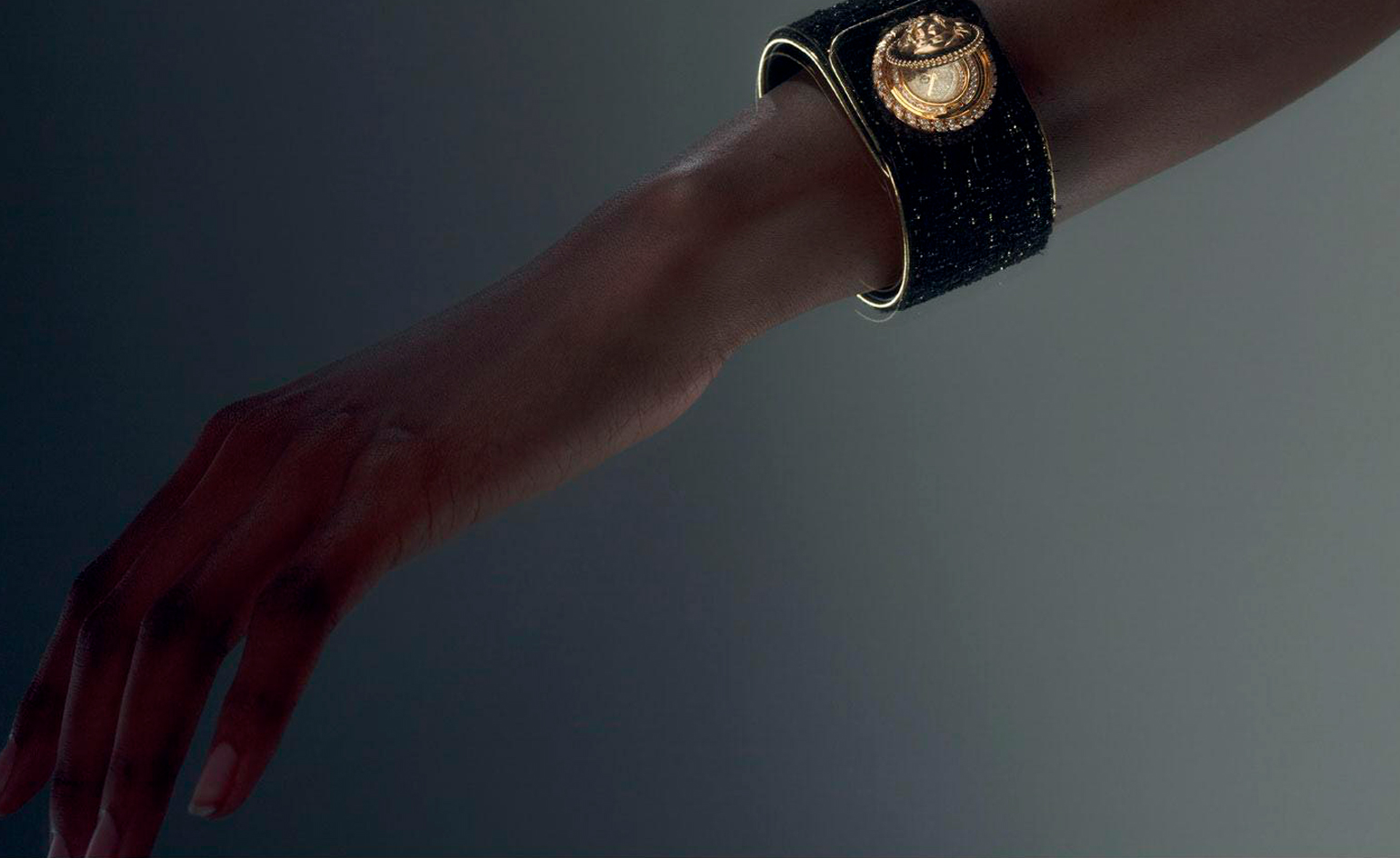 On the button: Chanel's perfectly hidden timepiece
On the button: Chanel's perfectly hidden timepieceThe ‘Mademoiselle Privé Bouton’ watch is everything but off the cuff
-
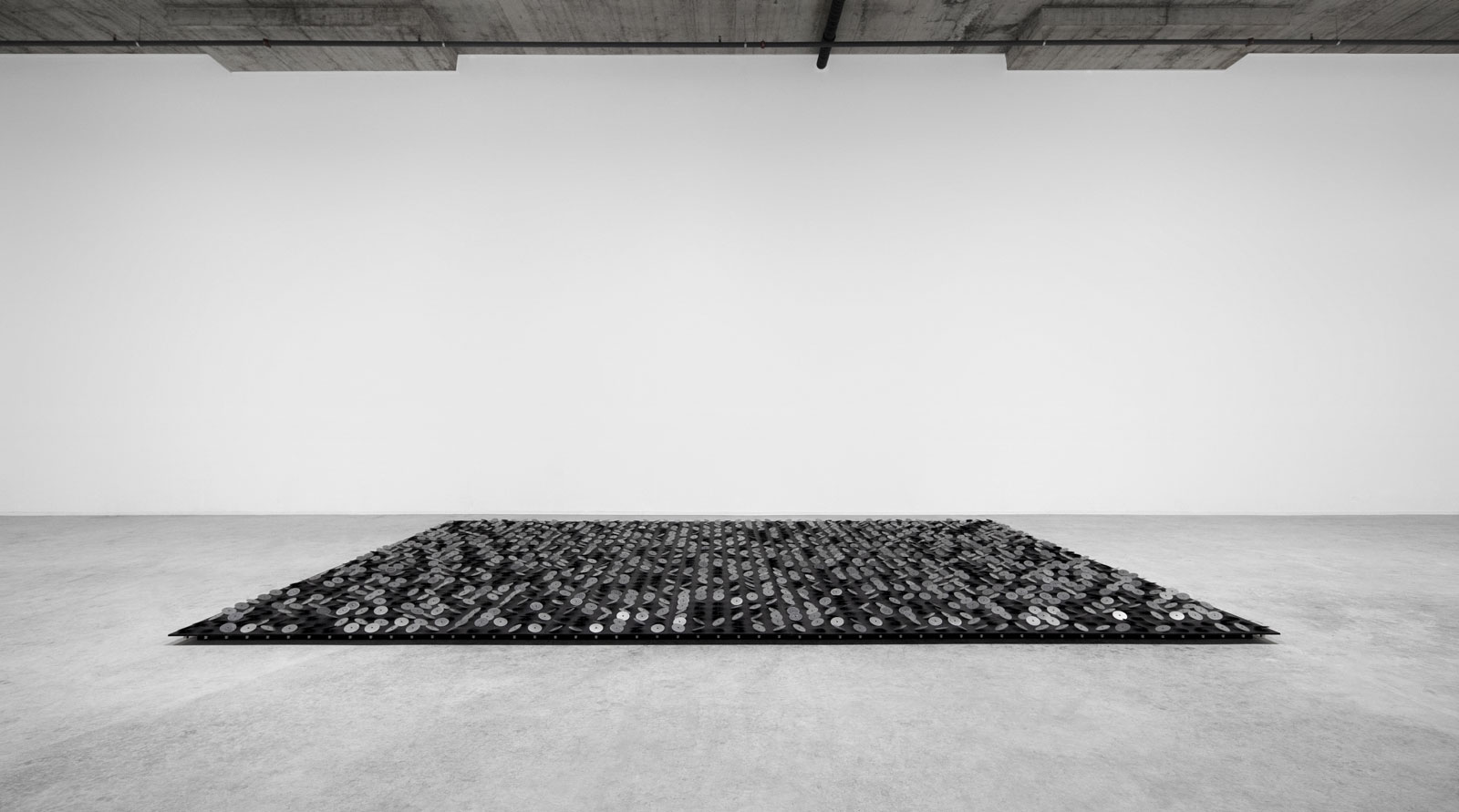 Sound bite: Jaeger-LeCoultre’s contemporary art celebrates acoustic watches
Sound bite: Jaeger-LeCoultre’s contemporary art celebrates acoustic watchesJaeger-LeCoultre and Swiss artist Zimoun have collaborated on an artwork to commemorate the 150 year anniversary of its first minute repeater